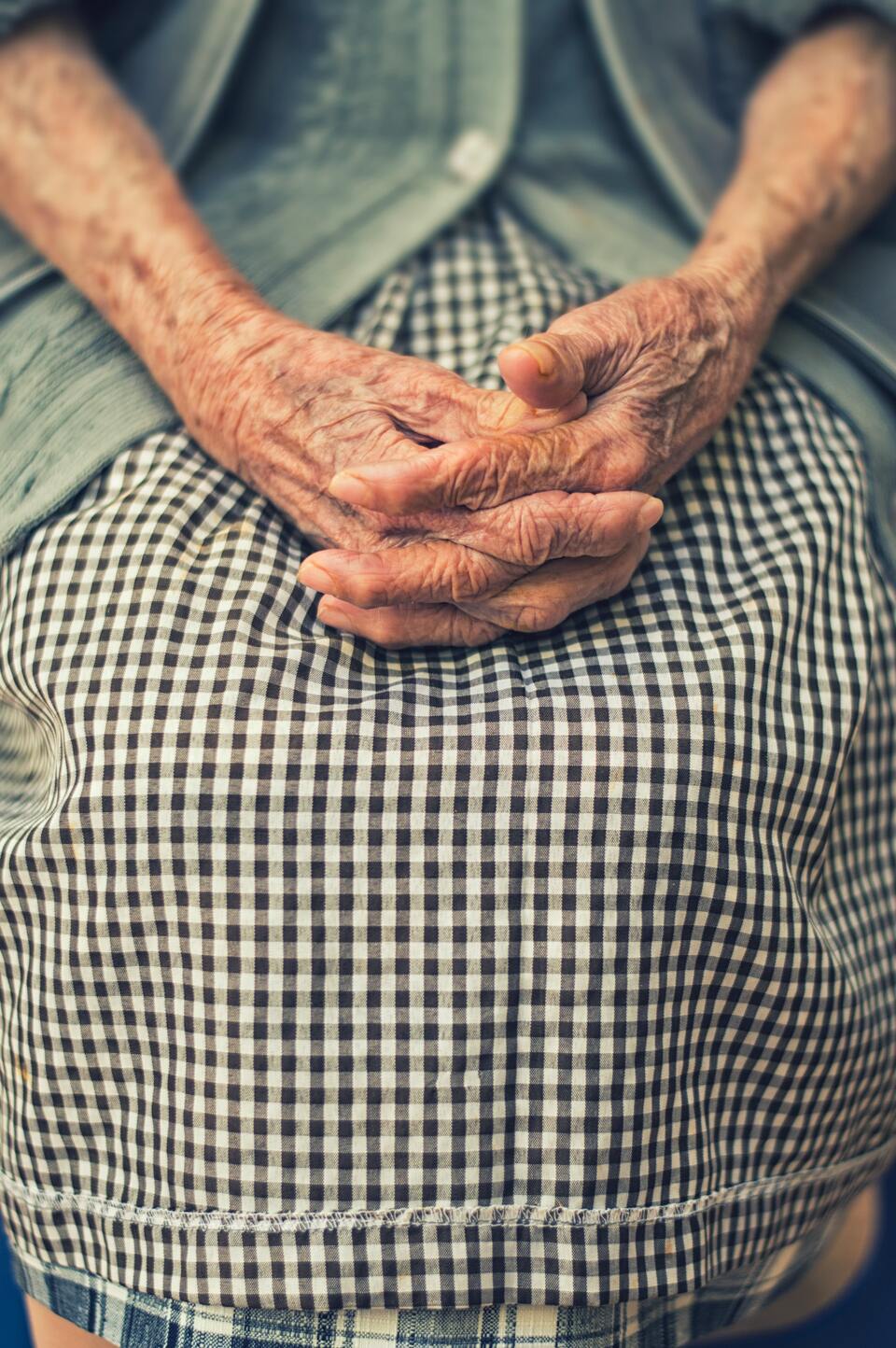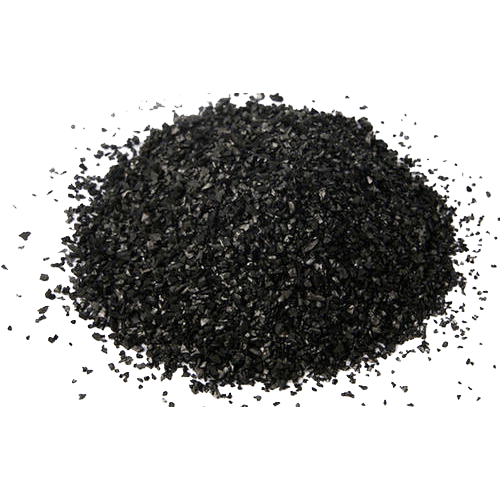Category: Chemistry

How much caffeine is too much per day?
Coffee is one of the most popular beverages in the world and it is made by brewing ground coffee beans with hot water. After petroleum, coffee is the most traded commodity in the world. In this article, we will delve deeper into the stimulating effect (due to “caffeine”) of coffee and health benefits tied with…

Chemistry of soap
Soap forms as a reaction between fats and a strong base. The exact chemical formula is C17H35COO– plus a metal cation, (Na+ or K+). The final output molecule is called sodium stearate.

Old People smell
The specific chemical compound called 2-nonenal gives old smell , which created by the oxidative breakdown of another complex compound overtime. According to researchers, this 2-Nonenal compound tends to increase with aging, and form more unpleasant greasy odor.

Autumn Colors – amazing natural phenomenon
Normally, most of the trees have green leaves because they contain the well-known “chlorophyll pigments” which is used to energy from convert sunlight into glucose, the energy source for trees. When it gets cold, the plants stop producing chlorophyll and breaks down into small molecules. While this break down trees can reuse the nitrogen in…

What is Activated Carbon?
Carbon is everywhere. Carbon is the giver of life. Various forms of Carbon lie at the heart of new evolution and choreographing human’s life pattern. Activated Carbon is one of them. History of Activated Carbon The use of activated carbon goes back to ancient Egypt (1500BC). Egyptians make use of its adsorbent characteristics for water purification…